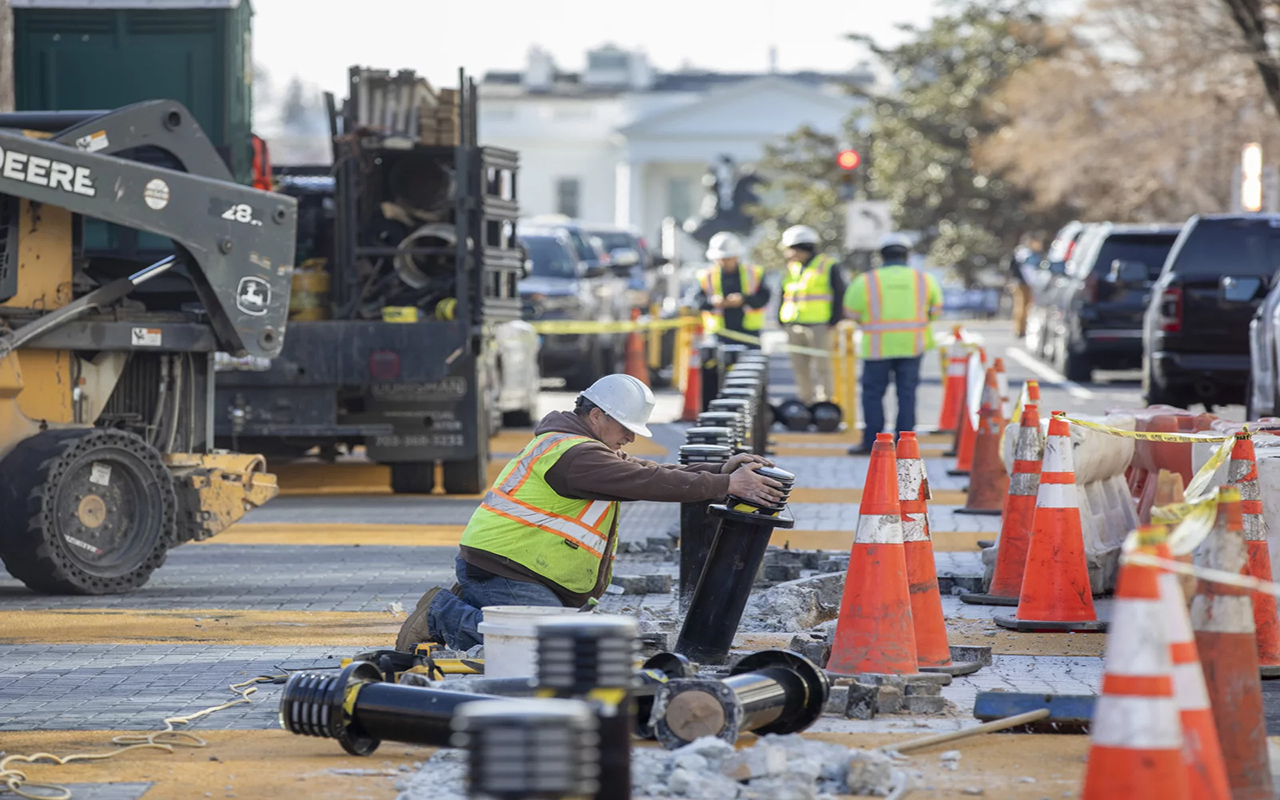
COVID-19 moves in silence through nursing homes across the U.S.
The first major coronavirus outbreak in the states happened at a nursing home in Washington state. That has since been replicated everywhere.
When the first case of COVID-19 was reported in Washington state, it didn’t take long for the virus to appear in a senior care facility.
As a result, Life Care Center of Kirkland, Washington became the country’s first hotspot for COVID-19 and has since killed at least 35 people. The facility now faces a fine of more than $600,000 and could lose federal funding because of its negligence.
In the month and a half since the outbreak in Kirkland, similar tragedies have occurred in senior care facilities across the U.S.
During her show that aired on April 8, MSNBC host, Rachel Maddow shared the experience of a nursing home where she grew up in Hayward, California. Of the 35 residents who tested positive for COVID-19 in the facility, six had died and many staff members were now testing positive too.
She reckoned looking at the local press from anywhere in the country would yield a similar story
“You will find at least one local story about a congregate living facility, particularly for disabled or elderly Americans, where they’ve got cases, where they’ve got deaths, where the staff is testing positive and they’ve got profound worries and they don’t know what they’re going to do,” she said.
Maddow pointed to local news because that’s where the hard data lies, not with the government.
So far, the federal government has not published figures on nursing home COVID-19 infections and state and local governments are a mixed bag.
Some are publishing data, but not enough to get a complete picture and others are refusing altogether.
According to some available stats gathered from states by The Guardian, at least one in five of the approximately 15,000 residential care facilities in the U.S. has been hit by COVID-19.
“However, health specialists warn that it is certainly an undercount,” wrote journalist Chris McGreal
Take Pennsylvania for example. Much of the state’s data on nursing home infections has been released by its counties and municipalities with varying levels of transparency
The most overall cases of COVID-19 are in Philadelphia. As of April 15, the city had 7,441 cases and 222 deaths. One hundred eleven of those deaths or 50% were residents of long-term care facilities.
In surrounding counties like Bucks, Delaware and Chester counties, COVID-19 data in nursing homes is not being released, but Bucks did confirm 30 cases in “congregated living facilities” and Chester said there were ten cases, including nine residents and one staff member, at a local nursing home.
Across the state, in Beaver county, a dire situation is also playing out at a senior care facility, where all 450 residents and 300 staff members are now presumed to have COVID-19 after an outbreak.
After consulting PA’s Health Department, Brighton Rehab stopped counting its cases, rather assuming everyone in the facility is positive.
“Thinking about the virus in this way allows us to be more protective of asymptomatic staff and residents,” the center said in a press release.
The state’s process on reporting outbreaks in nursing homes could also be playing a part in them becoming hotbeds.
It requires homes to report cases to state and local health authorities, but provides no official mechanism to report clusters of symptoms. Testing availability is getting better, but results still take three to five days to report.
RELATED CONTENT
“By five days, you went from two cases in a nursing home to everybody,” Scott Rifkin, founder and executive chairman of Real Time Medical Systems, told The Philadelphia Inquirer.
Rifkin’s company is partnering with Montgomery County — one of the only counties providing COVID-19 data for its senior care facilities — to enhance its ability to track the virus in its nursing homes.
Real Time will provide around-the-clock monitoring of COVID-19 symptoms. With them being reported, officials hope to be able to identify and deal with clusters much faster than before.
As of April 14, 364 residents and 223 staff members in Montgomery County’s 75 state-licensed facilities have been infected with coronavirus. Sixty-seven residents have died, making up 67% of the county’s total deaths.
But as the data on nursing homes becomes more available, it still remains to be answered why they have become hotspots all over the U.S. for COVID-19.
For one, as McGreal wrote in his piece for The Guardian, “the industry is already notorious for creaming profits off while pleading poverty in order to pay a low-wage workforce.”
Because of its unlivable pay, many workers in the industry hold second or third jobs to pay the bills. That travel between different jobs is a contributing factor that not only transmits coronavirus outside of the long-term care facility, but also brings it in to spread like wildfire.
Beyond the workforce, that push for profit also inevitably affects the quality of life led by the residents.
In the case of Brighton Rehab in Beaver county, PA, both the family of a now-deceased resident and employee told the Pittsburgh Post-Gazette of the facility’s unsanitary conditions and lack of staff given the amount of residents.
“That place is terrible,” the employee said.
When coronavirus finishes its course through the U.S., Life Care Center in Kirkland, Washington likely won’t be alone with its $600,000 lawsuit. Its whole industry could be on the hook for the loss of life.











LEAVE A COMMENT: